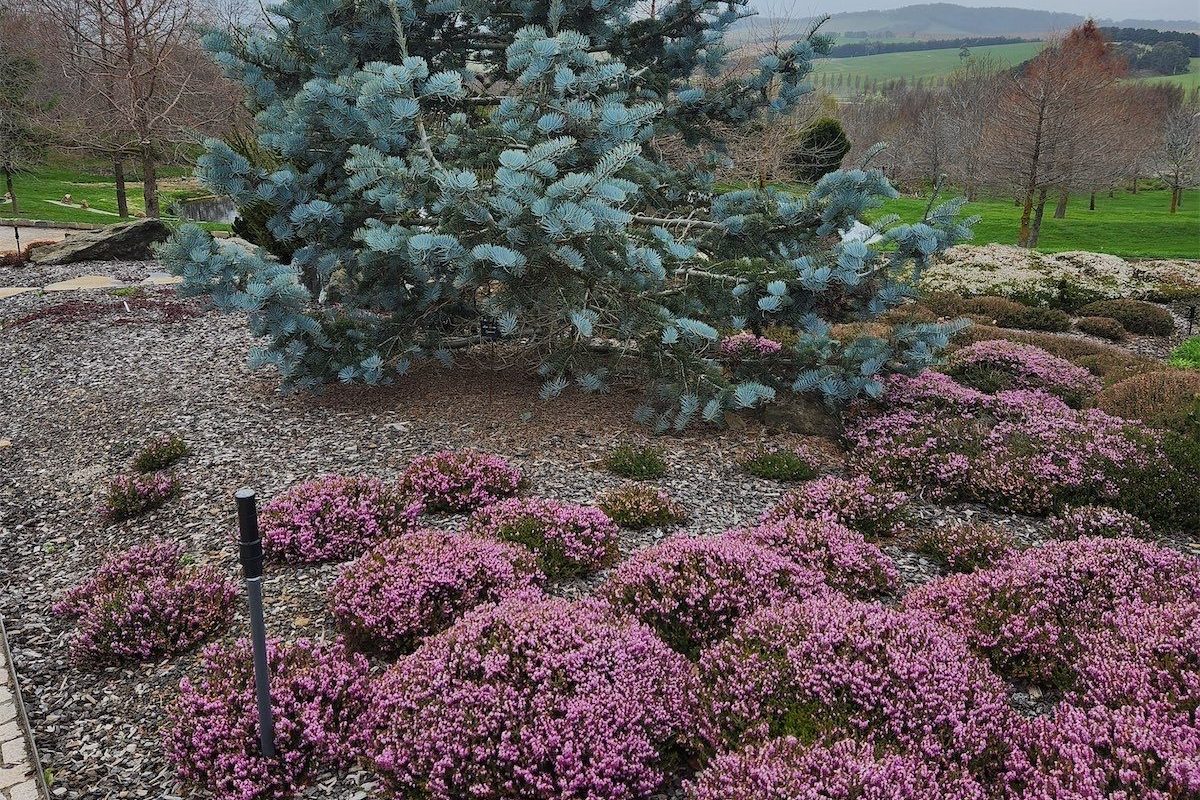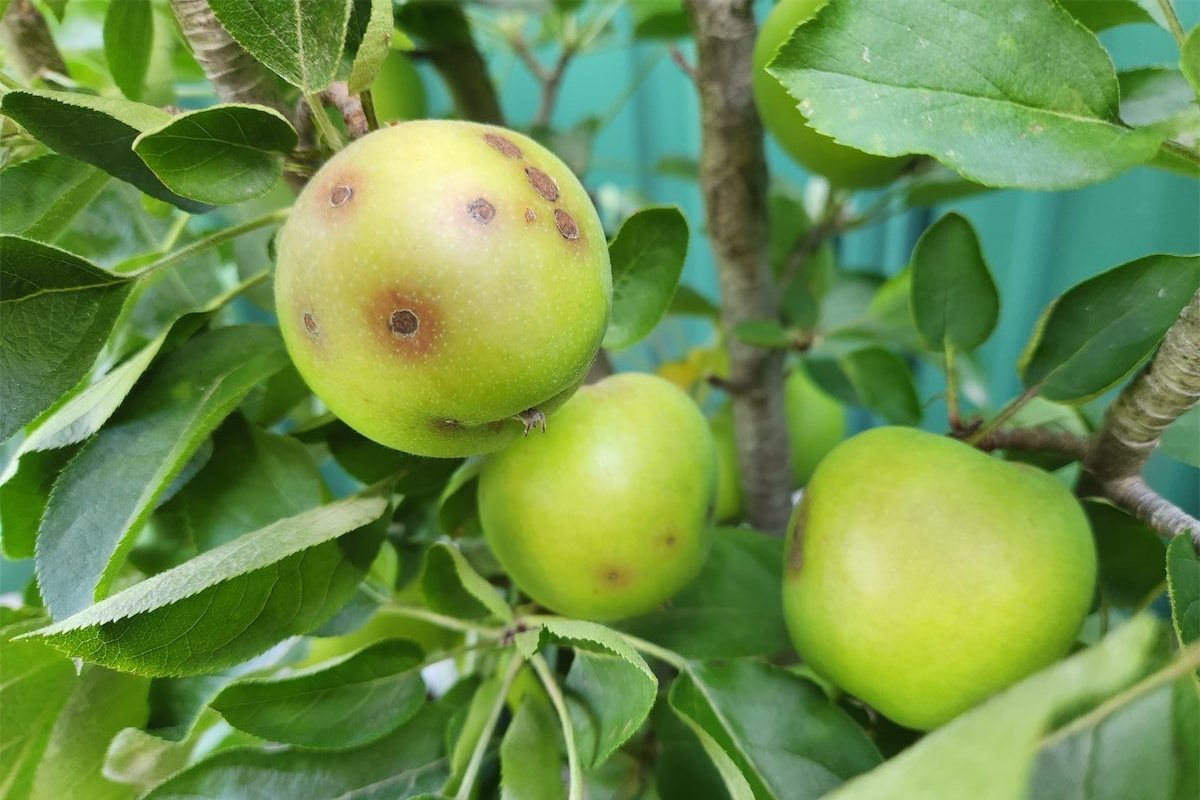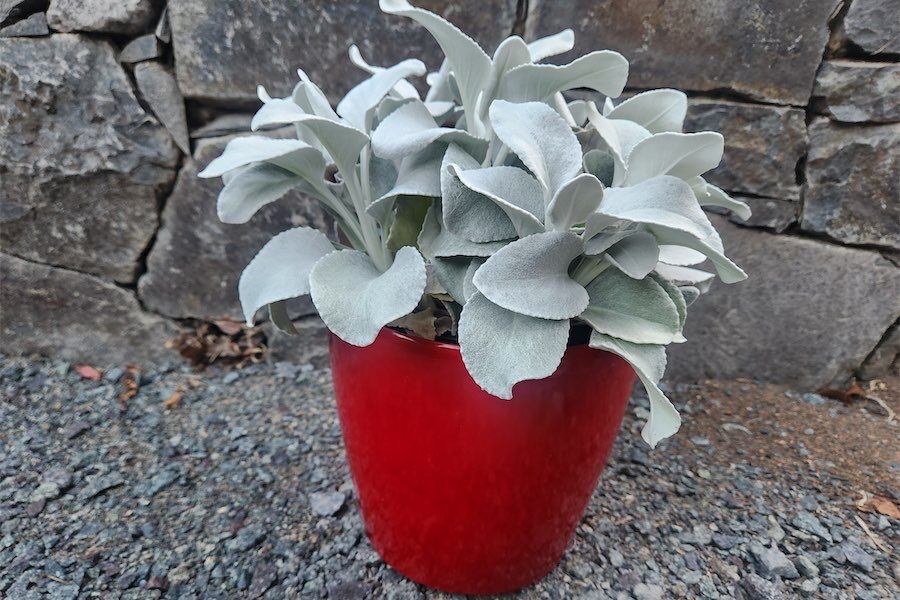
Spring is here, but there’s still plenty of winter colour on display in the garden, says gardening writer JACKIE WARBURTON.
ONE of the most long-lasting displays to use are foliage plants that stand out and complement nearby plants and flowers.

Conifers are one of the best choices and the bluest of all the conifers is White Fir (Abies concolor “Candicans”) . This species was found in 1929 as a selection seedling grown at the National Arboretum in France. It is a hybrid that grows well in our climate.
A medium-size, slow-growing tree, it forms a dense pyramid shape when young and, as it matures, the layered branches start to form into an elegant shape.
It will take 10 years to reach a three-metre height. Its maximum growth is about 10-15 metres and definitely not suited to the suburban backyard. But for anyone on acreage, it makes a great choice for windbreaks and visual interest in the landscape.
Firs don’t like to be pruned as it destroys their shape. The only pruning would be to shear them into shape slightly or to remove any dead wood.
If you don’t have the space for a large tree but still want to see the rich silvery blue in the winter garden, try a Dwarf Blue Spruce.(Picea pungens “Montgomery”). It is slow growing. Mine’s been in the garden for at least 15 years and is less than a metre tall. It grows well in full sun and only occasional water is needed in the peak of summer.
Conifers are beginning to wake from dormancy and will put on new growth in the next few months, so any pruning that needs to be done can be tackled in October and November as the weather warms.
Wearing gloves when handling some conifers is necessary as they ooze sticky sap and the pine needles can be sharp to manage.

CODLING moths are a major pest in our orchard and they are dormant in winter time.
Their cocoons are in hidden loose mulch under their favourite trees, such as apples, pears and quinces.
Codling moth larvae hatch when trees begin to bloom and air temperature is over 15C and make their way up the trunk of the trees to lay eggs on leaves, twigs and fruit.
Once the larvae gets to the top of the tree it needs the fruit to complete its metamorphic process and stays in the fruit from three to five weeks then cocoons again nearby and the second generation for the season begins.
Mechanical netting of trees when the bees have pollinated the flowers will help to stop the larvae entering the fruit. The netting needs to be very fine mesh, less than 5mm, and secured around the trunk to be effective.
If netting is not an option, then spray with Diapel as soon as the petals have fallen. That is the crucial timing for spraying.
Using pheromone traps hung in the tree when the female is about to lay eggs can help at the beginning of the fruiting season. Wrapping the stem of the tree in corrugated cardboard to prevent them moving higher into the canopy of the tree can help, but this method will only trap a small number of insects.
SPRING also brings open gardens in Canberra. Open Gardens Canberra is a non-for-profit community association run by volunteers. More from opengardencanberra.org.au.
Jottings
- Sow punnets of beetroot, cabbages, peas and leeks.
- Plant flowers in the vegetable patch.
- Fertilise orchids that are in flower with a bloom booster.
Who can be trusted?
In a world of spin and confusion, there’s never been a more important time to support independent journalism in Canberra.
If you trust our work online and want to enforce the power of independent voices, I invite you to make a small contribution.
Every dollar of support is invested back into our journalism to help keep citynews.com.au strong and free.
Thank you,
Ian Meikle, editor





Leave a Reply